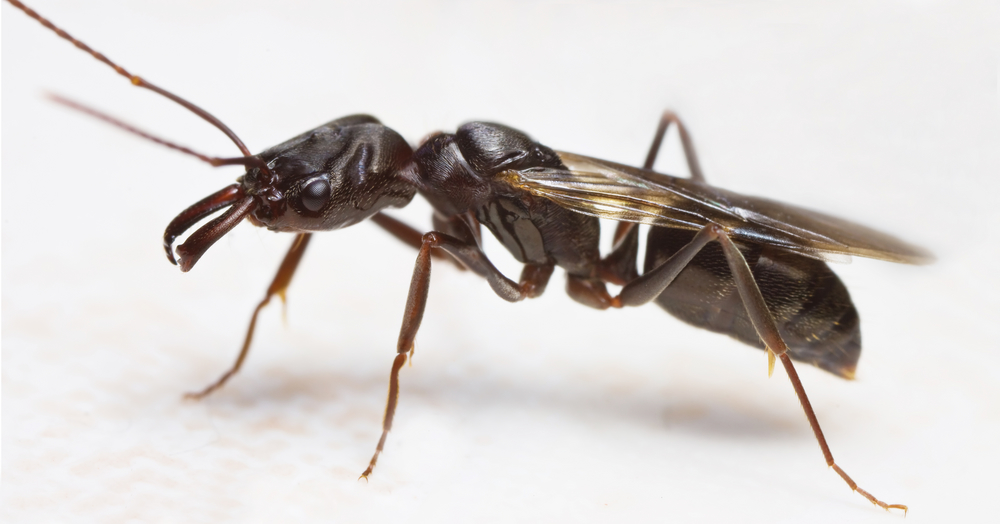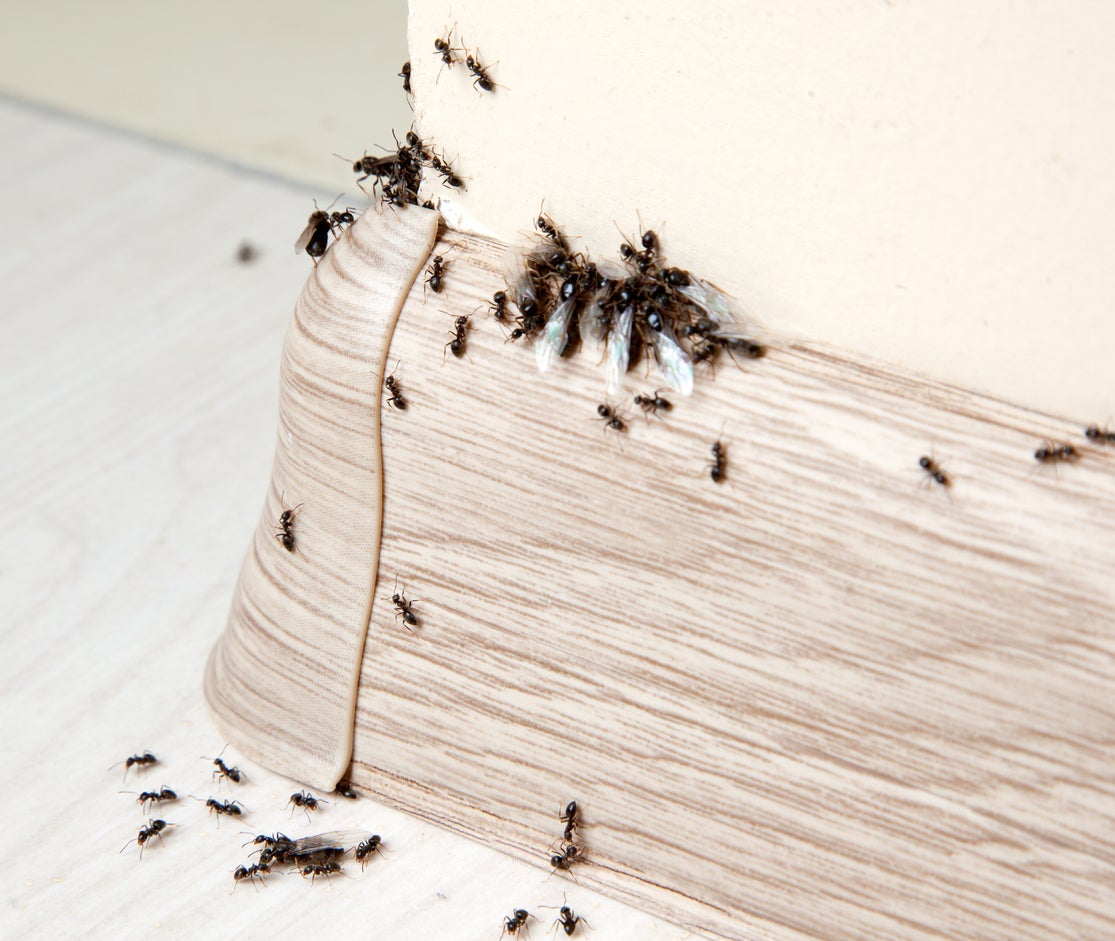
These pathways are marked with pheromones to draw other ants towards the food sources. Living in large colonies, the ants are sometimes subject to a single leading queen and other times subject to multiple colony queens. You can, however, weaponize cornmeal in your fight against ants by mixing it with boric acid, a cousin to Borax that’s available online and at home improvement stores. Mix nine parts cornmeal with one part boric acid, adding a generous helping of soybean oil or peanut butter to create a paste. Place the homemade bait near gaps and crevices, anywhere ants are on the march.
Commercial repellents
How To Get Rid of Sugar Ants In Your Home - Family Handyman
How To Get Rid of Sugar Ants In Your Home.
Posted: Thu, 22 Feb 2024 08:00:00 GMT [source]
While most of these ants are nuisance ants, all of them can wreak havoc on your pantry, infesting and contaminating dried goods in paper or plastic bags and cardboard boxes. Some tiny ants can move into wall voids and build nests in inaccessible places. Some ants prefer sweet foods, hence the sugar ant name, while others prefer fatty, greasy foods, and others prefer a mixed diet.

Combating the colonies
Ants occasionally come inside in search of water, particularly during dry periods. In this case you may see them in bathrooms or other humid parts of the house. Bring a large pot or pan of water to boil, and carefully pour the hot water into a watering can. Adding dish soap or salt to the water increases the effectiveness by up to 60%. Place the dish in an area where ants are spotted and wait for them to take the bait. Wet a sponge with warm water, add some dish soap and use the sponge to wash away the entire length of the ant trail.
Making an Apple Cider Vinegar Ant Trail Spray
In rare cases, people bitten by these ants can even go into anaphylaxis. The species is known for eating dead animals, as well as dead insects. These ants are scavengers and predators having a varied diet. But they frequently make their way inside homes where they cause serious structural damage.
So how are they so clever at getting into our homes and finding our food? You’ve probably noticed ants more commonly come indoors in summer - that’s largely because most insects are more active in the warmer months. Spray the ants directly with the bleach solution and wipe them away with paper towels.
Why bees swarm and what you should – and shouldn't – do when you come across a colony on the move
Ensuring your home is sealed tight and free from open food and water sources, and that your backyard is free of anthills, will be your best bet in evicting the little pests. One 2014 study showed that, in high concentrations, cinnamon essential oil could repel and kill ants. However, sprinkling the powdered cinnamon you have in your spice cabinet won't be as effective. Ants will just learn to avoid it and go to other parts of your home. It’s best to use neem oil around plants, especially where you see aphids or ants. Ants farm aphids (small sap-sucking insects), so poisoning the aphids with neem oil can take care of both types of pests.
Prevent ants from entering your home in the first place by sealing up cracks and holes in walls. This will also prevent them from nesting inside wall cavities. Ants usually come indoors in search of food or nesting habitat. Even small amounts of food, like pet food crumbs, can attract hordes of industrious ants.
Neem oil is a naturally occurring insecticide extracted from the neem tree, native to India. Cornstarch, available at grocery stores, can be an effective way to smother many ants at one time. You can purchase tea tree oil at your local grocery store, health food store, or online. You may be able to find peppermint oils at your local grocery chain or health food store.
Indoor nest sites may include wall voids, window frames, in insulation in an attic or between bats of insulation and crawlspace subflooring. Indoors, odorous house the ants are typically attracted to sugary food items. Outdoors, they feed on the honeydew secreted by aphids and other insects on shrubs and trees. Argentine ant workers are approximately 1⁄8-inch long and light to dark brown in color (Figure 11).
Additionally, a 2018 study found that peppermint oil was far more effective than vinegar at killing and repelling fire ants. In some tests, 100% peppermint oil killed all the ants that were exposed to it. Mix Borax with equal parts water and sugar to make a syrup, and leave it in the corners where you've noticed ants. This method will work to kill the entire colony in roughly 24 to 48 hours, as the worker ants will bring the liquid back to the nest. Some natural ways to permanently get rid of ants include using water-based mixtures that contain borax and Diatomaceous earth, or pouring boiling water into ant holes.
They made their way to California where they are considered household pests. These are common ants in other South American states such as Paraguay and Bolivia as well. You can find a certified pest professional near you with the helpful zip code search below. Sprinkle a layer of the powder in the areas you've noticed ants or anywhere you don't want them. The diatomaceous earth will then stick to the ants, dry out their exoskeletons, and exterminate them. If all else fails, professional exterminators can remove ants from your home.
Workers are slow-moving, 1⁄10-inch to 1⁄8-inch long, and dark brown in color (Figure 13). Both the head and thorax have numerous grooves that run lengthwise. In addition, there is a pair of spines on the thorax and a sting at the tip of the abdomen. As their name implies, pavement ants tend to nest beside and under sidewalks, driveways, patios, and foundations (Figure 14). The presence of a nest is often evidenced by a mound of soil around a crack in pavement.
Tea tree oil has been shown to effectively kill flies, which may indicate it could be an effective ant deterrent. Keep peppermint oil out of reach of pets, especially cats, which can become very ill if exposed. To use it to kill ants, follow package directions, or sprinkle the powder anywhere you see ants. Keep reading to learn about how to kill and repel ants safely.
Entomologists Explain How to Get Rid of Ants in Your House and Backyard - Real Simple
Entomologists Explain How to Get Rid of Ants in Your House and Backyard.
Posted: Thu, 11 Apr 2024 07:00:00 GMT [source]
These ants are easier to identify compared to Argentine ants given their large size. It might seem like there's nothing you can do to keep ants out year after year — but there are certain tricks that can make all the difference. Look for one who’s committed to using the least toxic products possible. Let them know if you have children, pets, or other concerns, such as a respiratory health condition. It’s imperative to keep borax away from pets and children as it may be harmful. Figure 8 - Treating around the base of a treat where an ant nest is located (Image - M. Waldvogel, NCSU).
The first step to dealing with ants in your house is ensuring they don’t have access to food. If you have a particularly troublesome ant colony in your yard, use boiling water to eliminate the entire nest. Dunk a cotton ball into the solution and place it into a bottle cap. Set the trap on the kitchen counter where you have seen ants marching along, and other areas of the home where there is an infestation.
While you could always purchase ant traps at the store, making a homemade ant bait trap at home is easy enough. The sweetness attracts the ants while the Borax poisons them. Dust a fine layer of food-grade diatomaceous earth around the perimeter of your home to kill ants traveling back and forth from the house to their nest. The DE is also useful for applying around other areas of the yard where there are infestations. The ants pick up the powder on their exoskeletons as they travel across it, causing them to dehydrate and die. There are certain scents that ants are repelled by, and it’s easy to use these to your advantage.

No comments:
Post a Comment